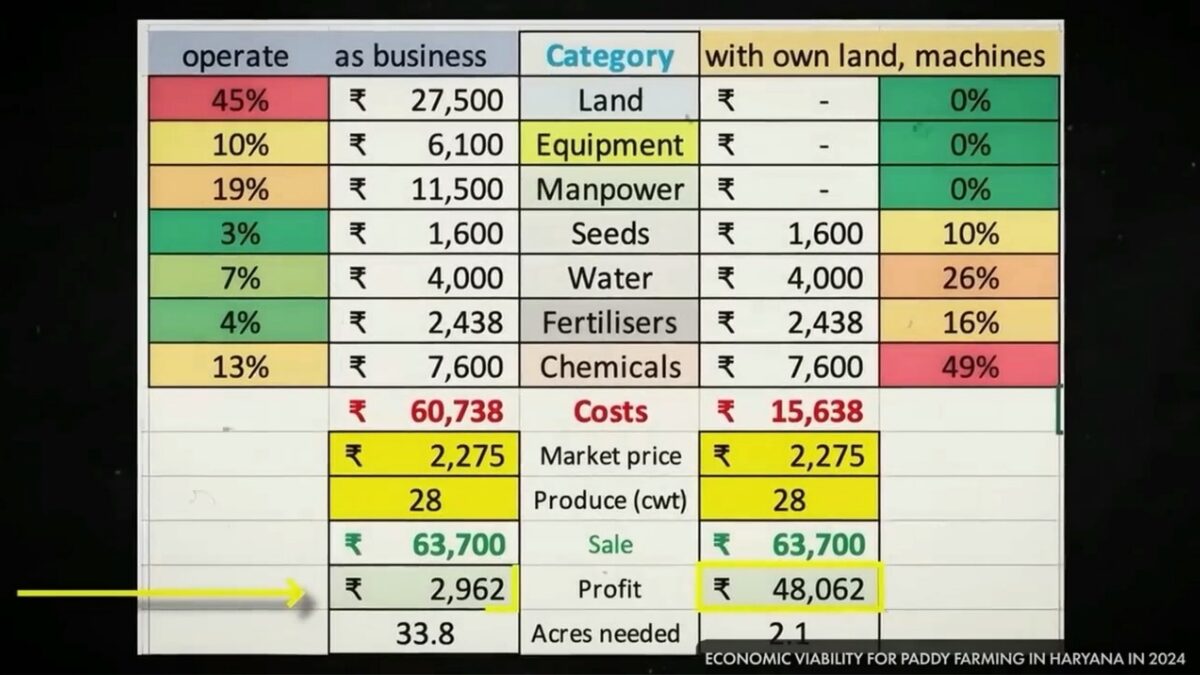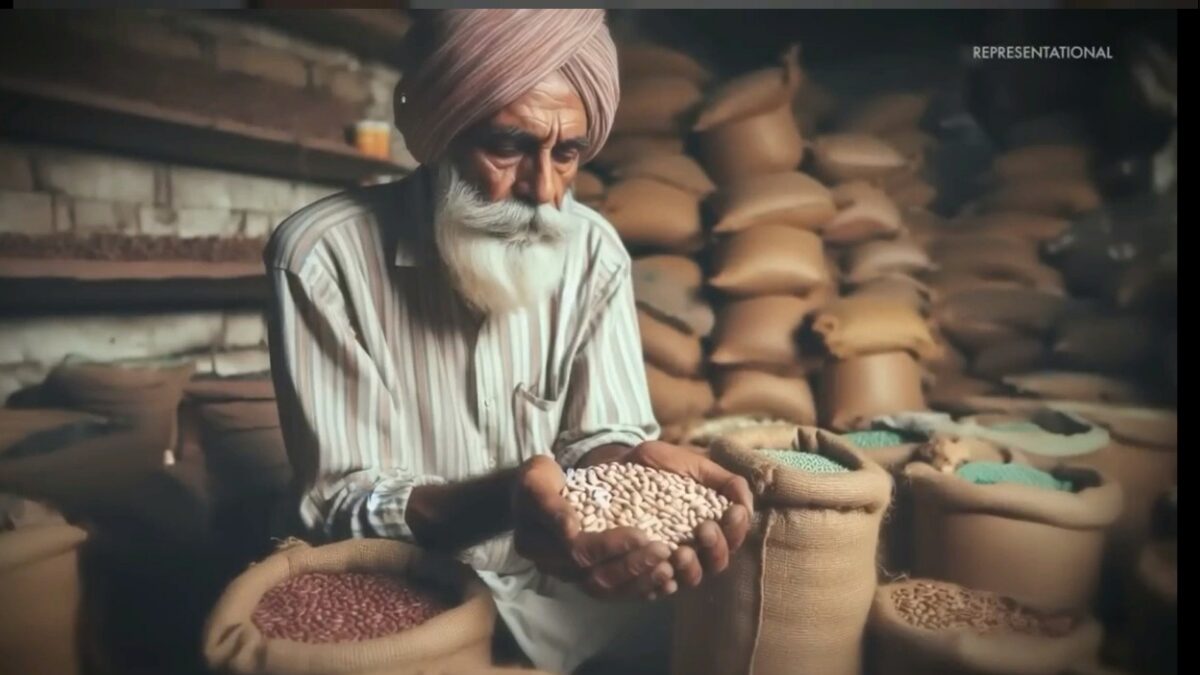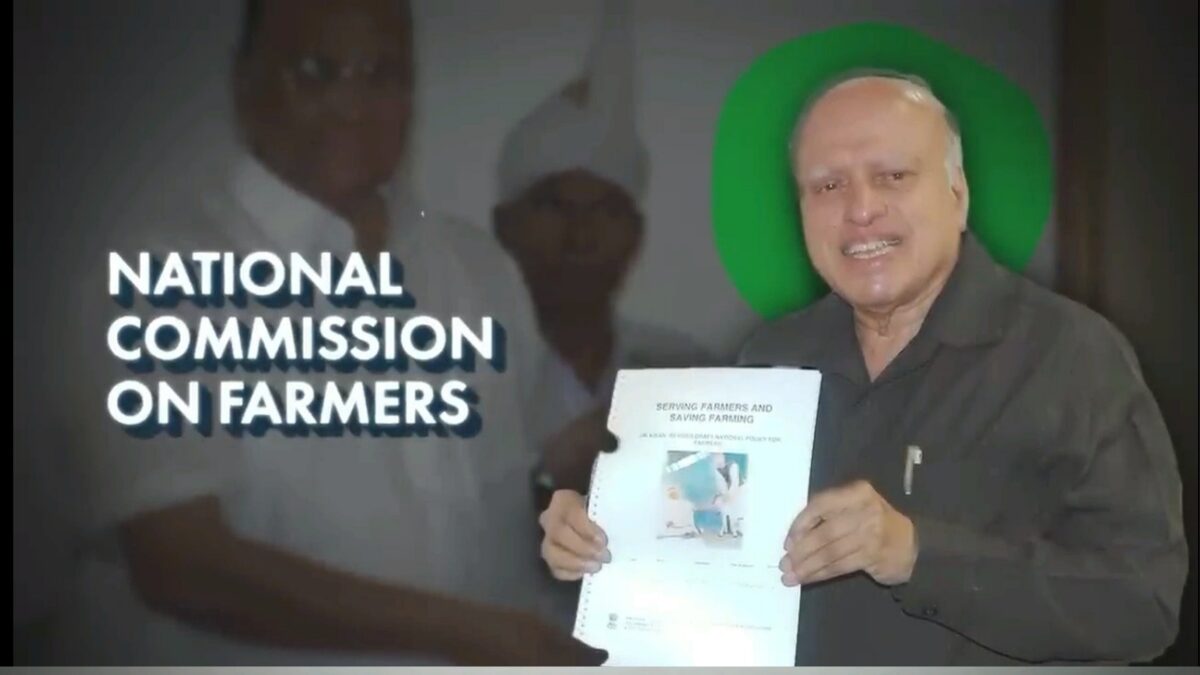Navigating the Landscape of Indian Agriculture: Insights into MSP and Swaminathan Commission Findings ( भारतीय कृषि के परिदृश्य को नेविगेट करना: एमएसपी और स्वामीनाथन आयोग के निष्कर्षों में अंतर्दृष्टि )

Understanding the Reports
The commission report suggests that we should factor in all costs, including A to F and extra expenses, to establish a new basis for MSP. Then comes the Swaminathan Report. In 2004, M.S. Swaminathan led a national commission on farmers. You might have heard of him because he was one of the architects of the Green Revolution. Between 2 l fancy miln 2004 and 2006, the Swaminathan Commission released five ex-reports.
Altogether, these reports spanned almost 2000 pages. On page 246 of the fifth report, it’s written that MSP should be at least 50% more than the weighted average cost of production. Some people are confused about whether the Swaminathan Commission was talking about A to F or A plus F plus L costs. But if we look at the entire report, there’s no confusion.
Detailed discussions between pages 24 and 84 explain why MSP isn’t covering the C to U cost for most states. And if this cost isn’t recovered, farmers might stop cultivating those crops. The 278-page report is available on the Ministry of Agriculture’s website for long-term reference. If you’re interested, I’ve included the link in the description below. Economics professor R. Ramakumar explains that when M.S. Swaminathan presented this report to the Union Agriculture Ministry, it was clearly mentioned in the twenty-second slide that MSP calculation would be done with C to U cost + 50%. In September 2017, Swaminathan also tweeted that MSP should be at least C2 + 50%, including procurement, storage, and distribution costs. They also started discussing post-harvest costs. When farmers store their produce, there will be a cost for storage, which should also be accounted for. This wasn’t just mentioned in that tweet, but also in the second report of the Swaminathan Commission, on page 412, discussing the aspects of risk factors, marketing, and post-harvest expenses. Upon hearing this, one might think, why not account for all costs? The input costs include seeds, fertilizers, water, family labour costs, capital assets, and finally, marketing and post-harvest expenses.
The Swaminathan Report highlighted two interesting points. First, MSP shouldn’t just apply to the government but also to private traders who purchase from farmers, at least at MSP. Second, MSP should be considered not just as a bottom line, but one that no one can buy below, including the government. If the market price increases, the government should also pay more. The report even suggested that farmers’ income should be comparable to servants.

Final Thoughts
Let’s imagine, but let’s not forget to discuss. We’re just talking about C2 + 50% cost. Now the question is, who stands with the farmers to ensure they get the right price?
I want to free farmers from government oppression. Narendra Modi didn’t just talk about farmers and MSP; he made a commitment.
If India’s economic situation improves, so will the condition of Indian farmers. That’s why the Bharatiya Janata Party is seeking your blessings today.
A resounding applause for them! They’ve articulated their concerns in the best possible manner. In the first two minutes, they explained the problem, offered their solution, and what they said next would bring tears to your eyes.
From young soldiers to farmers, they said, “More soldiers die on the battlefield than farmers, but more of my farmers have committed suicide. They’ve died a death worse than death itself, and so have my brothers and sisters.”
Continuing the Discussion
The discussion doesn’t end here. It’s imperative to delve deeper into these issues. By understanding the intricacies of agricultural economics, we can pave the way for better policies and practices. Farmers deserve a fair share of the economic pie, and it’s our collective responsibility to ensure their prosperity.
